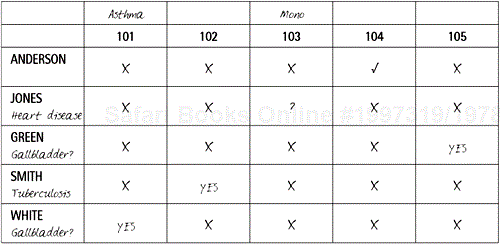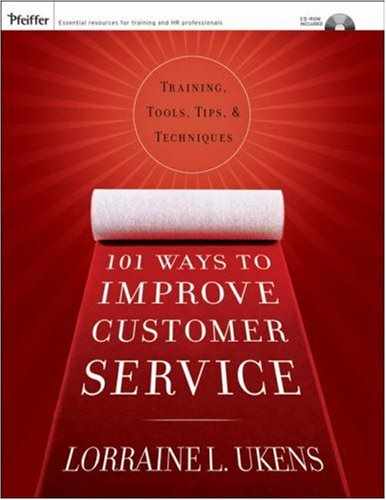Goal

To examine the process of logical analysis in solving problems. Participants will work in groups to solve a logic problem.
Materials

One copy of the Medical Breakthrough Worksheet and a pencil for each participant
One copy of the Medical Breakthrough Solution Sheet for each participant
Two flip-chart newsprint sheets and a felt-tipped marker for recording data
Masking tape for posting newsprint sheets
Timer or clock
Prior to the session, become familiar with the information provided on the solution sheet so that you can clarify any questions from the participants.
Form subgroups of three or four persons each.
Distribute one copy of the worksheet and a pencil to each participant.
Explain that members of the subgroups are to work together to solve the logic problem presented. As each group completes the task, one representative is to stand so that the completion time can be recorded.
Record the completion time for each group on a newsprint sheet. Stop the activity after approximately 20 minutes if not all groups have finished. Post the newsprint sheet.
Obtain the solution information from each subgroup and record the answers on a blank newsprint sheet.
Distribute one copy of the solution sheet to each participant. Read aloud the answer and then allow several minutes for the groups to read and discuss the answers. Clarify any information as necessary.
Ask the following questions:
Explain that logic problems involve using the information provided, whether directly or indirectly. Because the information is often sketchy or irrelevant, it is necessary to first draw some inferences by analyzing basic facts. The resulting conclusions enable us to collect additional data in order to arrive at a final solution.
Facilitate a large group discussion by asking the following questions:
Five individual patients have been admitted to the hospital. Each person has only one disease, each different from the others. Each one occupies a separate room, numbered from 101 to 105.
Read the information and answer the questions.
The person with asthma is in Room 101.
Mr. Jones has heart disease.
Ms. Green is in Room 105.
Ms. Smith has tuberculosis.
The patient with mononucleosis is in Room 104.
Each room is painted a different color.
Mr. White is in Room 101.
One of the patients, other than Ms. Anderson, has gallbladder disease.
What disease does Ms. Anderson have?_______________________________________________
What room is she located in?________________________________________________________
Ms. Anderson has mononucleosis, and she is in Room 104.
To solve this problem, you can set up a matrix with the names of the patients and the room numbers listed. Then read through the list of statements. In three cases, we find out which patient is in which room; this information allows us to place the word “YES” in three locations in the matrix and to eliminate the other rooms and people in these columns and rows from the “still uncertain” list. (Eliminated items are indicated by an X.)
We also can note the disease where appropriate. Because three patients have identified diseases and the person with gallbladder disease is not Anderson, we can surmise that Green has gallbladder disease. Jones has heart disease and cannot be the patient with mononucleosis in Room 104, so he must be in Room 103. Therefore, Ms. Anderson must be the patient with mononucleosis in Room 104.

